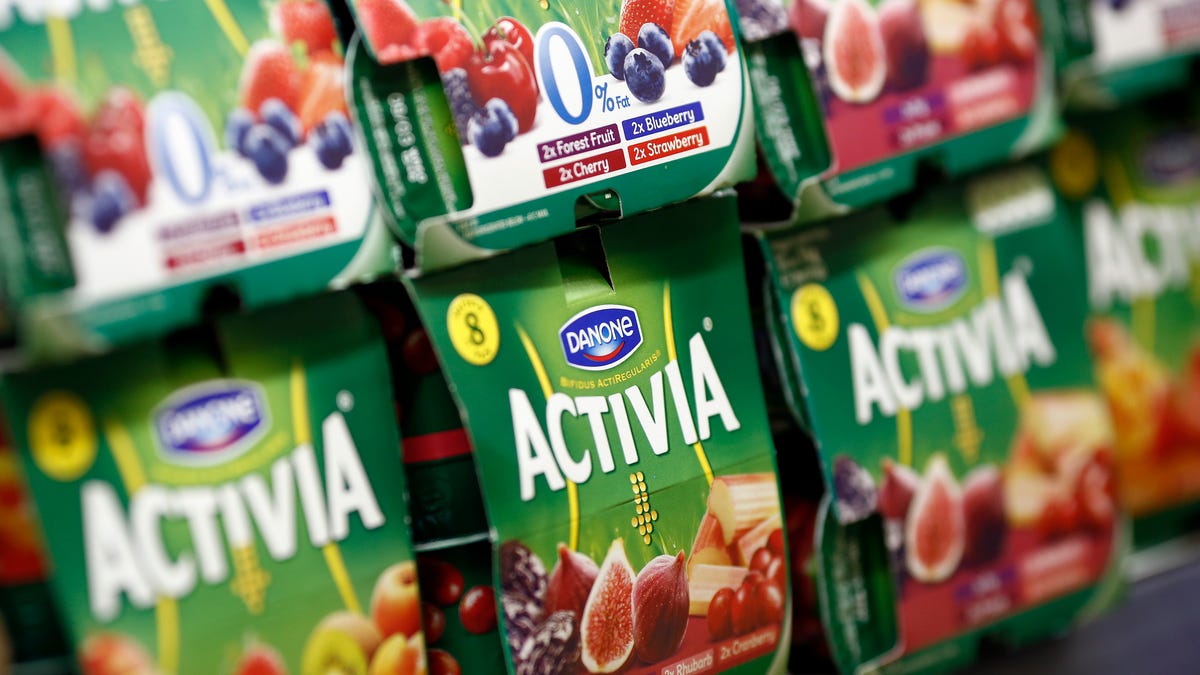Humanity’s Appreciation for Farm-Raised Chicken Eggs
New insights from archaeologists have shed light on the origins of human affinity for farm-raised chicken eggs. According to recent findings, individuals in Central Asia embarked on raising the ancestors of current-day chickens for their eggs as early as 400 BCE. This discovery points towards a steady supply of eggs playing a pivotal role in the widespread popularity of these birds across ancient societies.
Debate Surrounding Chicken Domestication
While it is widely recognized that today’s chickens are descendants of the red junglefowl, an existing species of wild bird, the exact process and timeline of chicken domestication have stirred scholarly discussions. The challenge arises from the fragile nature of bird bones and eggshells, which are less prone to preservation compared to other archaeological findings. Consequently, researchers sometimes erroneously identify remains of birds like pheasants or geese as chickens.
The authors of a recent study, published in the journal Nature Communications, argue that advancements in genetic analysis offer the opportunity to address longstanding queries regarding the early history of chickens.
Insights from Genetic Analysis
An international team conducted an analysis of eggshell fragments recovered from 12 archaeological sites dating back 1,500 years. These sites were likely situated along the Silk Road, a network of trade routes spanning Asia and Europe. While renowned for silk trade, these sites also showcased a significant presence of chicken eggshells, indicating the value placed on chicken eggs in these regions.
An interesting discovery was the frequency of egg production, which exceeded expectations for red junglefowl. This anomaly suggests that ancient chickens might have developed the ability to lay eggs outside of specific seasons, marking this finding as the earliest evidence of seasonal egg laying cessation in the archaeological record.
Lead author Robert Spengler, a researcher at the Max Planck Institute of Geoanthropology, emphasized the significance of this finding in a recent statement from the institute.
Implications of the Research
The data collected from these archaeological sites led the authors to estimate that the practice of raising chickens for egg production became prevalent in Central Asia between 400 BCE and 1000 CE. This increase in egg availability served to elevate the popularity of chickens and paved the way for their widespread domestication.
Despite these advancements, many mysteries still cloak the domestication of chickens. While some studies propose a domestication timeline of 10,000 years ago, others suggest a more recent timeframe of 5,400 years. Recent research indicates the possibility of multiple domestication events across Southeast Asia and India, involving various bird species aside from the red junglefowl.
Nevertheless, the authors assert that their work contributes to a better understanding of the complex relationship between humans and animals, culminating in the domestication of chickens. This insight brings us closer to unraveling the enigma of how chickens evolved into an integral part of human society.
Image/Photo credit: source url





